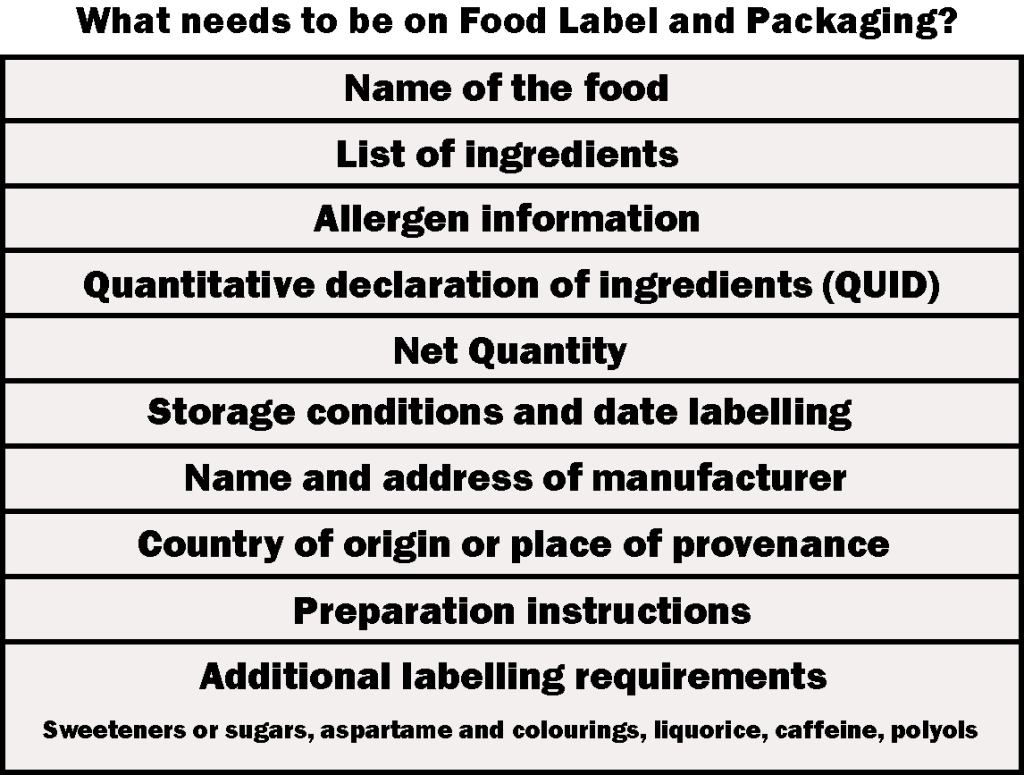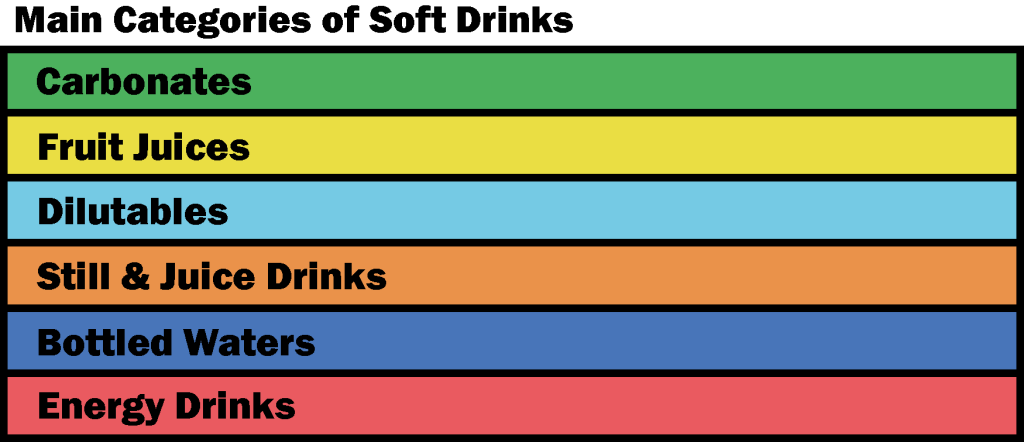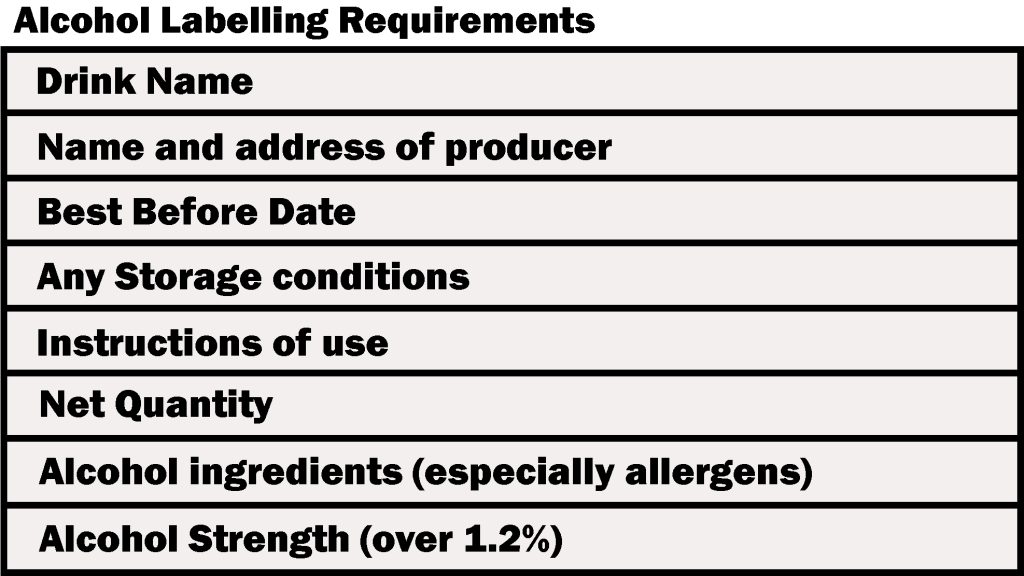The drink and food sectors are worth more than £100 billion in the UK alone and is the largest manufacturing sector in the EU economy. Food and drink are essential for everyone, which means you can market your audience to a large selection of people, making it one of the most profitable sectors to head into. However, with this also comes laws and regulations regarding food ingredients and their allergens, origin of manufacturing, best-before dates, alcohol percentages, and more, which are all vital to ensuring your products are safe for your consumers.
Things to know:
There are a few things you should be aware of before going into the food and drink industry, for example, are you going to be a limited company or a partnership? Do you need to be VAT registered? These are important questions you need to establish before setting anything up, so do some research on the specific product you are selling to better understand the rules and regulations within the industry.
It is also important to work out your costs and pricing, you need to be able to make a profit without deterring your customers with overpriced goods, look at your competition to get ideas on what prices your industry is selling at, this way you can determine what works best for you and your company.
Labelling in the food industry:
Labels are essential for all products, they let the consumer know what they are buying, which essentially creates trust between the seller and the buyer. A food label must contain information such as its ingredients, additives, allergens, and health information such as energy, sugar, fats, and its best-before date.
The legal requirements vary from product to product. It is not only essential to label the correct ingredients and allergen information, but where you place your label on your packaging also matters. It is a good idea to get a grasp of your specific niche and study what information is required to deter any legal issues from escalating.
Prepacked food labelling:
If your food is pre-packed, some products are controlled by product-specific regulations. This means that depending on the food sector you’re selling in, you may have certain rules that apply only to you. These food sectors can include:
- Bread and Flour
- Cocoa and Chocolate
- Soluble Coffee
- Milk Products
- Honey
- Fruit, Juices, and Nectars
- Infant Formula
- Jams and Marmalade
- Meat Products (Sausages, Burgers, Pies, and Fish)
- Natural Mineral Waters
- Spreadable fats
- Sugars
- Irradiated Foods
- Foods containing genetic modification (GM)
Once you have established your specific food group and the requirements for your product, take a look at this helpful list of the requirements for all food and packaging. If your foods or drinks contain any of the following additions, these also have to be noted on the packaging. These ingredients are sweeteners, sugars, aspartame and colourings, liquorice, caffeine, and polyols.

Gov.UK Source: https://www.food.gov.uk/business-guidance/packaging-and-labelling
Perhaps you have just started producing soft drinks, and you need to now create a label to showcase your brand-new product. It is important that your drinks are labelled with some essential information, which includes:
- Sugar content
- Net quantity of the drink
- Name of the drink
- Any label Allergens (if the drink does not contain all-natural substances)
- ‘Best Before (BB) and ‘Use-by’ date
It is important that you don’t just study the regulations for soft drinks, but also your specific product, as some products require specific information depending on what you are selling. For example, if you were selling energy drinks, you need to list the suggested serving size and the caffeine per serving or container.
These are some of the main soft drink sectors you can sell in, choose your sector, and ensure your label meets all of the legal requirements for your specific product, and country.

Alcohol Labelling Requirements:
For alcoholic beverages, there are certain regulations you need to meet to ensure it is legal. Different types of drinks from spirits to beers have specific labelling laws relating to their percentages and origins of where they were manufactured.
A huge one, for example, is volume content, which If above 1.2%, needs to be labelled with the strength to a maximum of one decimal place. To get an idea of the requirements, we will include a general list of what you need to put on your alcohol labels.

Special Foods Sectors and how to label them:

Bread, Flour and Similar Products –
Food products containing bread, or flour such as sausage rolls, pies, cakes, etc must be labelled with the correct information (Foods containing meat as well as bread also have their own laws that need to be followed). Labelling these products is essential to ensure that all ingredients are contained. With bread products, you need to specify the name of the bread (e.g., if it’s brown, white, or wholemeal, as well as any extra ingredients.
A legal name of the product must be given also, to explain to customers what the product is. Alternatively, you may use a customary name that is unique and easily understood by your consumers.
Please note – it is illegal to use the name ‘wheatmeal bread’.
If you are selling in specific industries, we have helpful information regarding your products on our ‘Labels by Use’ section. Simply head to our page on our site below for handy tips!
Presenting the information:
With non-prepacked foods, you should present the information o the shelf edge or on a notice that can be easily seen.
The most important thing to remember before labelling any product. Is what industry being you going to sell in? What kind of audience do you think you’re going to market towards. You need your label to be informative and stand out. For the information required, do your research on what ingredients need to be specified. If you are selling any of the above products, make sure that the volumes, allergens etc are shown and highlighted to ensure the safety of your consumers.

